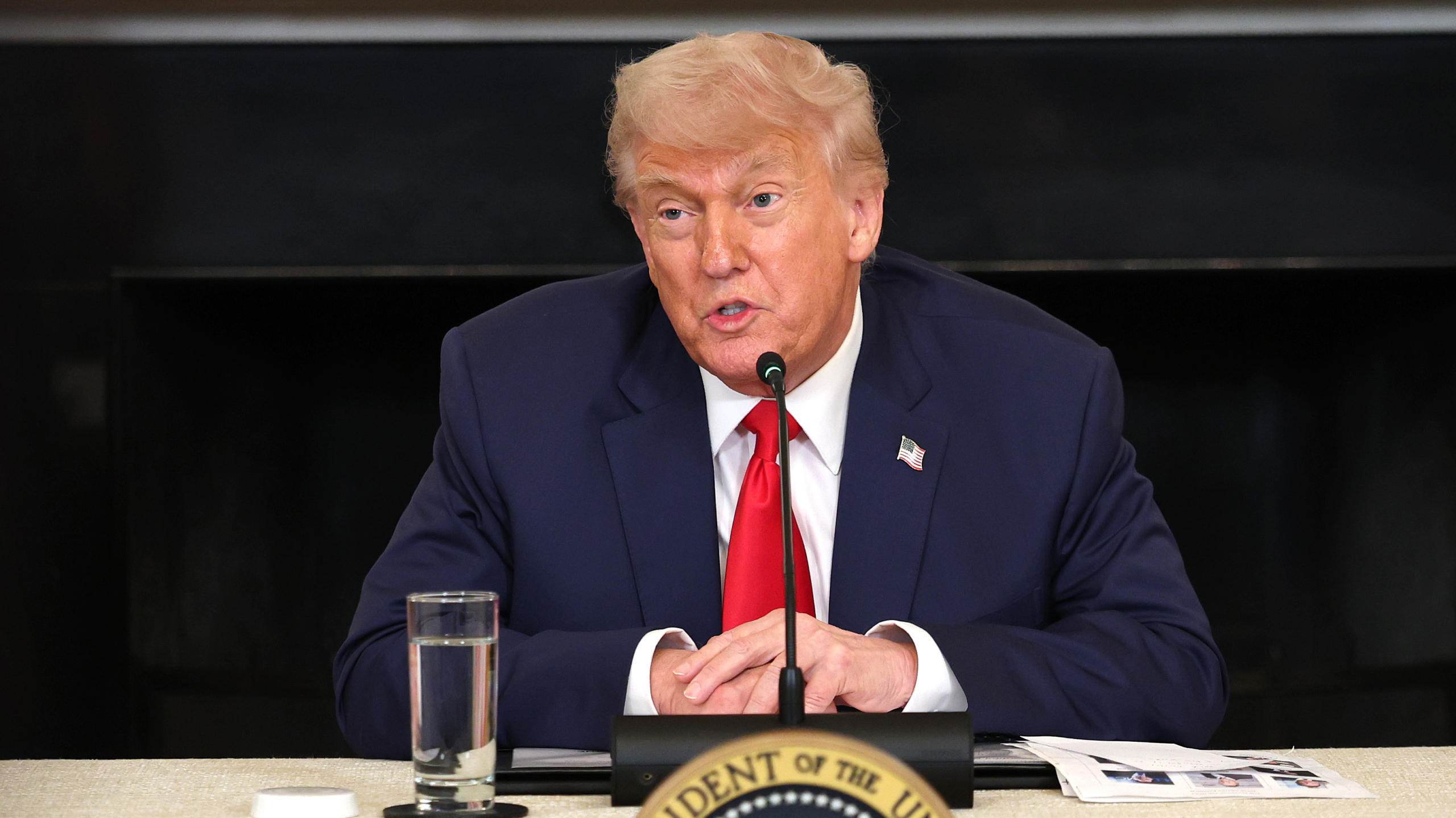Trump’s Hardline Stance
On June 11, President Donald Trump, speaking to reporters at the John F. Kennedy Center for the Performing Arts in Washington, D.C., revealed his plan to send letters to approximately 150 trading partners within one to two weeks, setting unilateral tariff rates. Trump emphasized, “This is the deal. You can take it or leave it.” He also noted that the U.S. is currently in trade negotiations with around 15 countries, including South Korea, Japan, and the European Union.
Background and Motivation
Trump’s latest hardline statement is aimed at pressuring negotiating partners to make concessions, as he seeks to reinforce his “America First” image ahead of the upcoming elections. Previously, on April 2, the U.S. announced a plan to impose so-called “reciprocal tariffs” on trading partners, including the European Union. However, the tariffs exceeding the 10% base rate were suspended for 90 days until July 8. Trump’s recent remarks about unilateral tariffs may be an attempt to apply additional pressure before the July 9 deadline, when the U.S. is set to reimpose higher tariffs on several countries.
Reactions from the Market and International Community
Trump’s latest trade threat has sparked a strong market reaction. According to Agence France-Presse (AFP), the U.S. dollar plunged following the announcement. The international community has also expressed skepticism about Trump’s tariff policies. The Indian newspaper Mint pointed out that Trump has previously set multiple “two-week action deadlines,” but they have either been postponed or abandoned. This unpredictability has left many countries and businesses deeply concerned about the direction of U.S. trade policy.
Challenges Within the United States
Despite Trump’s efforts to use unilateral tariffs as a negotiating tool, the U.S. faces significant internal challenges. U.S. Treasury Secretary Steven Mnuchin and Commerce Secretary Wilbur Ross have both acknowledged that the U.S. lacks the capacity to negotiate with dozens of countries simultaneously. Moreover, American businesses are also wary of the tariff policies. Retail giants such as Walmart have warned that tariffs have already led to rising prices for goods and could further impact consumer purchasing power in the future.
Conclusion and Outlook
Trump’s latest threat of unilateral tariffs once again highlights the increasing uncertainty and unilateralist tendencies in U.S. trade policy. Such an approach not only risks escalating international trade tensions but could also have negative repercussions for the U.S. economy and businesses. In the coming weeks, the negotiations between the U.S. and its trading partners will be closely watched, and whether Trump will actually follow through with his tariff threats remains to be seen.

